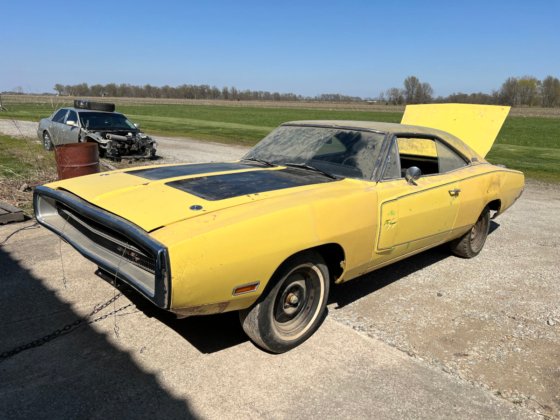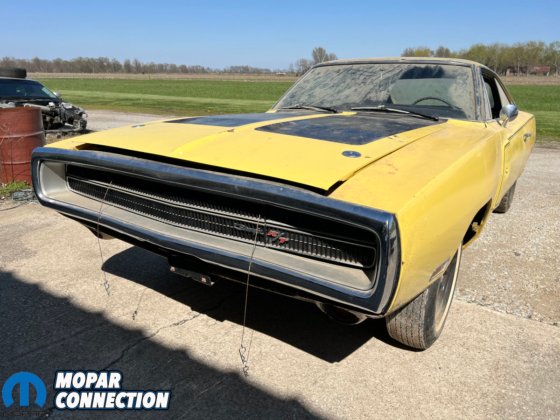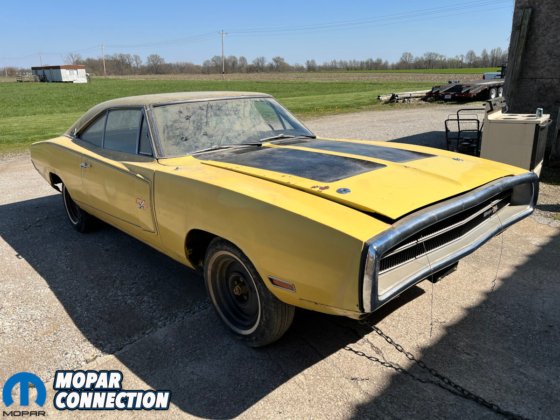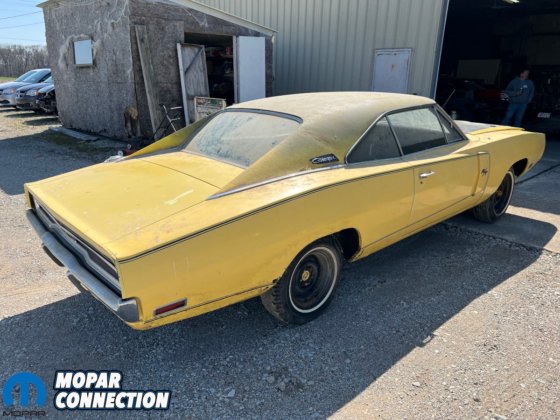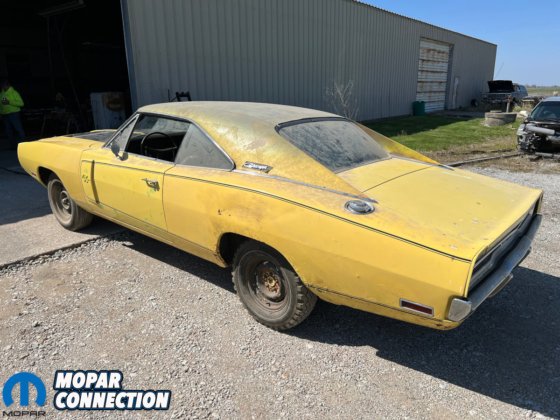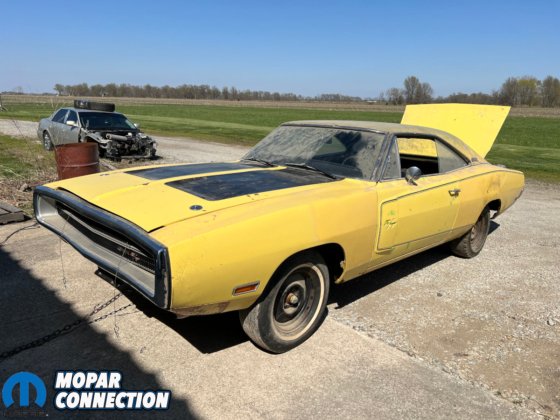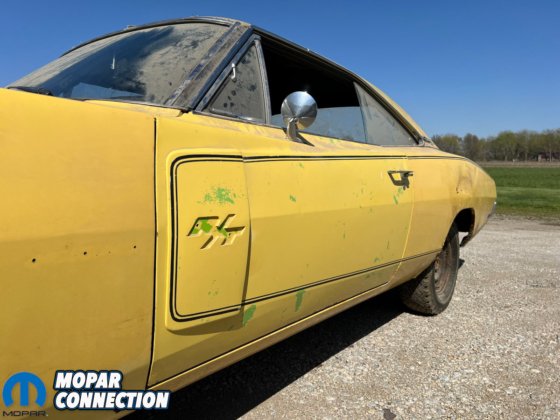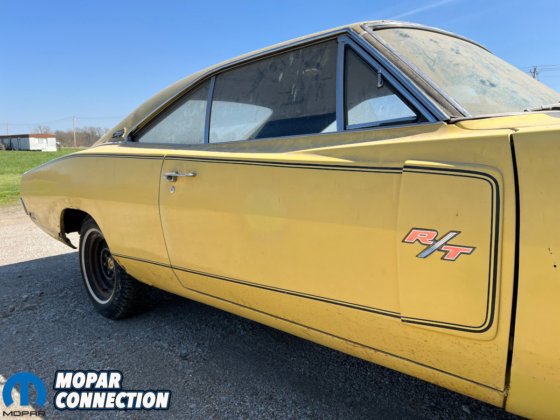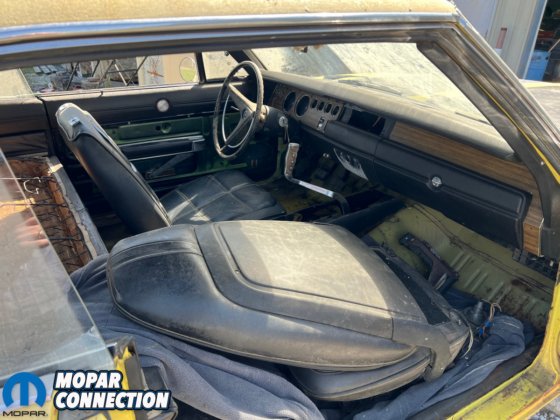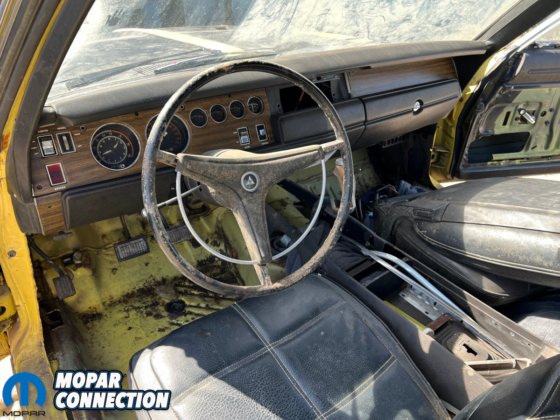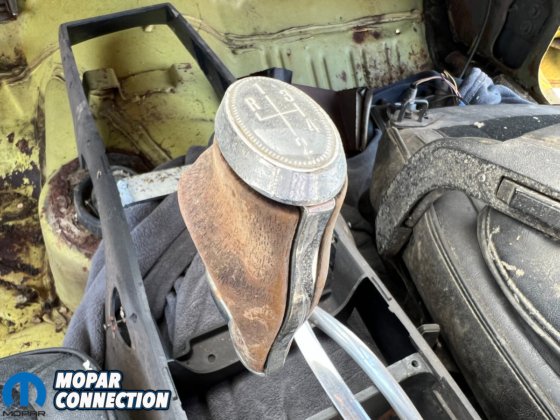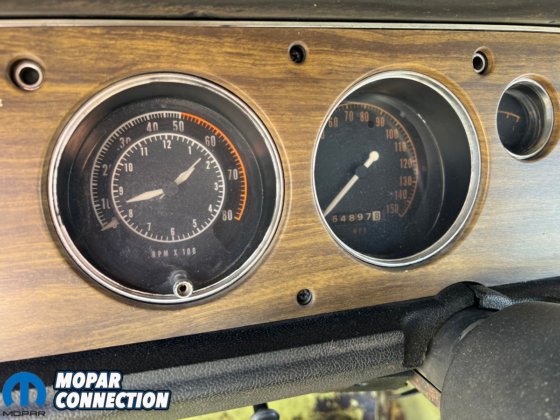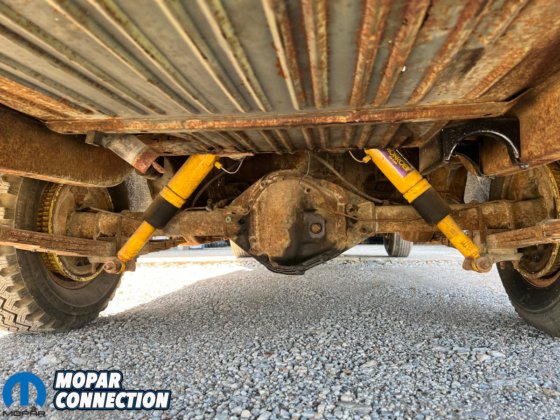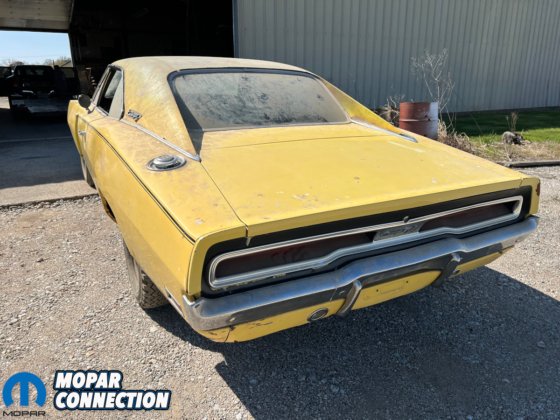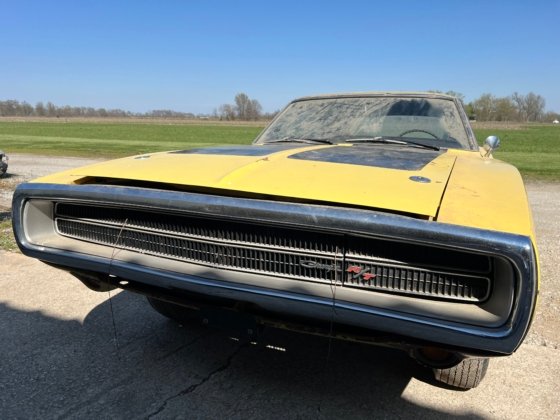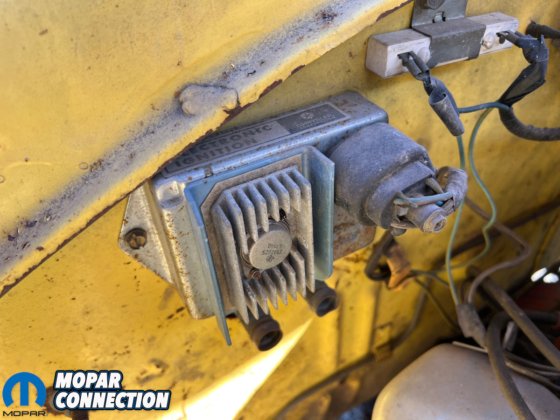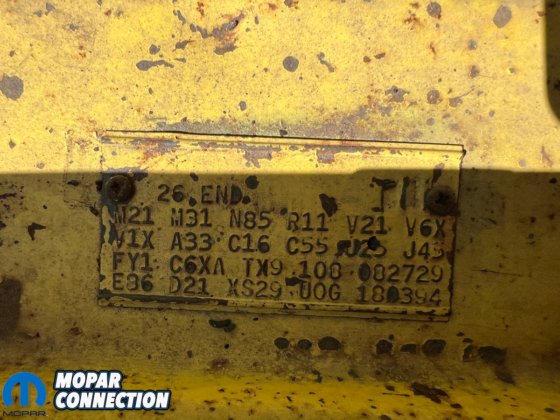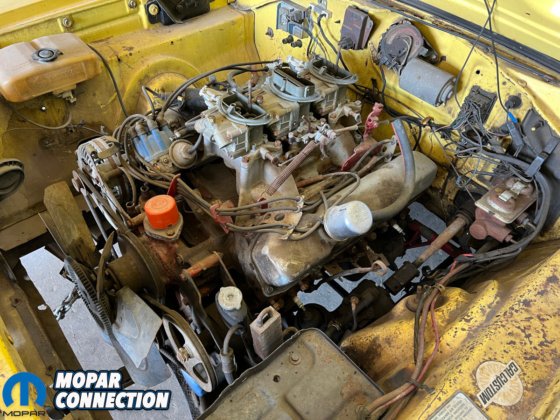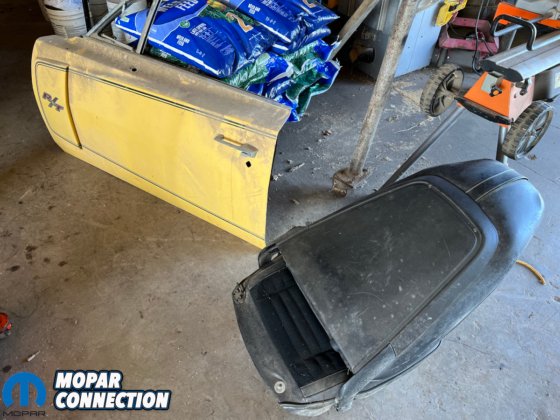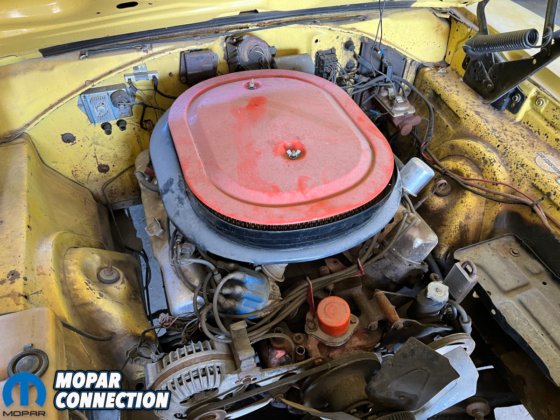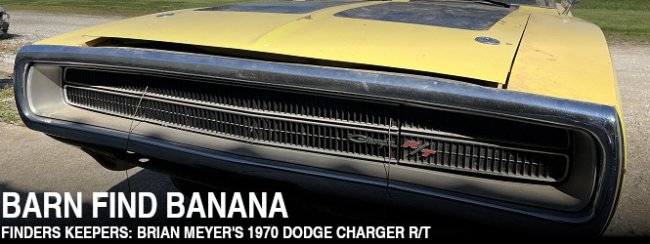 Let us examine the base model 1970 Dodge Charger. Identified by VIN prefix XH, the bottom line trim level was available to be ordered with a 318 cubic-inch V8 topped by a two-barrel carburetor, 383 V8 with two-barrel or four-barrel, or, to many enthusiasts’ surprise, the legendary 225 Slant Six.
Let us examine the base model 1970 Dodge Charger. Identified by VIN prefix XH, the bottom line trim level was available to be ordered with a 318 cubic-inch V8 topped by a two-barrel carburetor, 383 V8 with two-barrel or four-barrel, or, to many enthusiasts’ surprise, the legendary 225 Slant Six.
Yes, a guy or gal could waltz into the local Dodge, Plymouth, and Chrysler dealership in late 1969, get a gander and that beautiful new-for-1970 wraparound grille and say, “That thing needs a leaning tower of power.” In fact, according to the 1970 Dodge Charger Registry, 182 folks did that very thing.
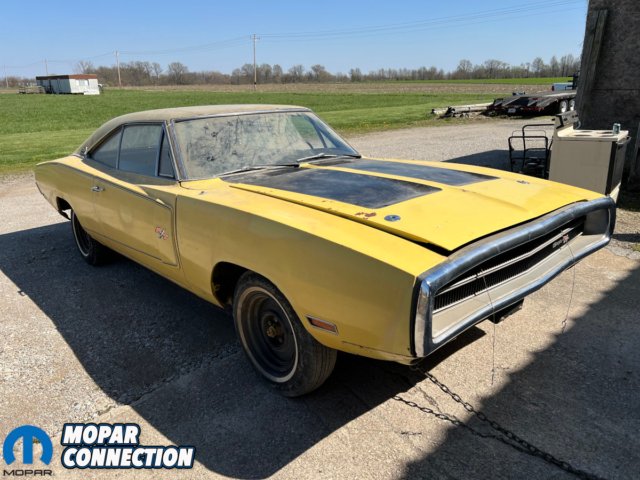
Now, at just 182 units built, the Slant Six 1970 Dodge Charger base model is almost as rare as an R/T model with a 426 Hemi (112), four times more rare than a 440 Six-Pack R/T (684), and forty-seven times more rare than a 440 Magnum R/T (8,574). Given its relative scarcity, a 225 “sixer” should be more costly than a 440 R/T, right?
Wrong. What makes a car valuable is rarity and desirability, the latter being just as important as the former. In the muscle car world, desirability comes in many types. For example, manual transmissions are generally more desirable than automatics. High impact colors are preferred over the humdrum hues. Exterior stripe and decal packages stand above the undecorated.
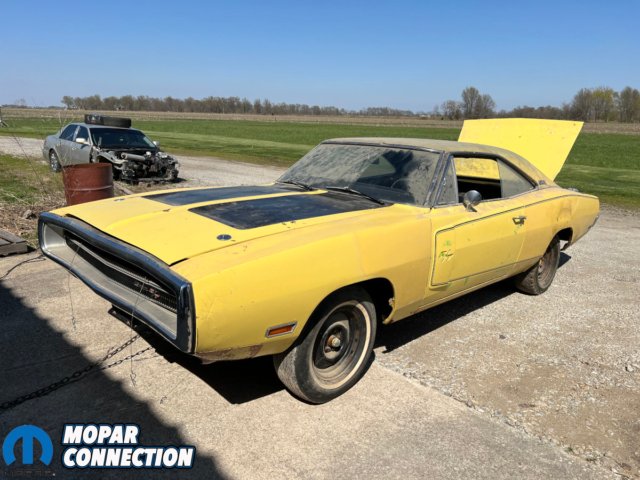 Brian Meyer’s 1970 Dodge Charger R/T checks all of those boxes. Line by line, its fender tag is full of mouth-watering Mopar goodness. Atop the mountain are the requisite E86 and D21 codes denoting four-barrel 440 Magnum power and an 18-spline A833 four-speed transmission.
Brian Meyer’s 1970 Dodge Charger R/T checks all of those boxes. Line by line, its fender tag is full of mouth-watering Mopar goodness. Atop the mountain are the requisite E86 and D21 codes denoting four-barrel 440 Magnum power and an 18-spline A833 four-speed transmission.
On the inside, C55 bucket seats covered in C6XA charcoal vinyl are split by a C16 center console with the big, crooked pistol grip stick. An R11 AM radio keeps tab on the tunes while the N85 Tic Toc Tach reviews RPM on the left side of the standard-for-Chargers Rallye dash.
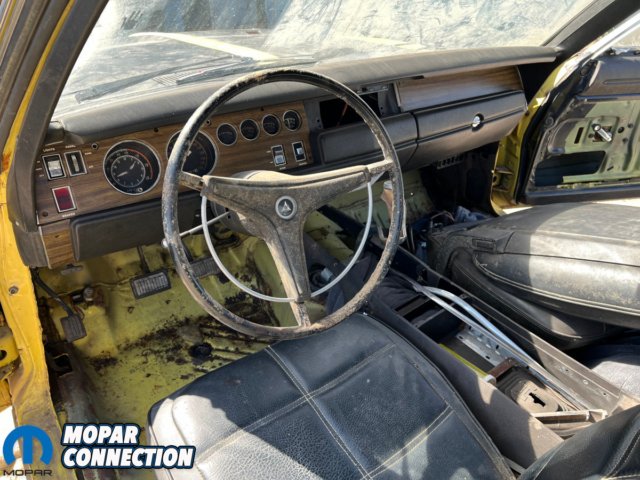
Its big B-body panels are slathered in some of its original high-impact FY1 Top Banana yellow with several sultry black highlights. One is the often-seen V1X vinyl top. Accenting it are the much less common V6X longitudinal tape stripe and V21 performance hood paint.
The V6X stripes start at the tail end, run along the quarter panels’ top creases, loop around the faux door scoops, and head back to the tail end along the bottom body lines. This was an R/T-only option and careful onlookers would note that the V6X code mandated a delete of the V8X bumblebee stripe because they would have overlapped.
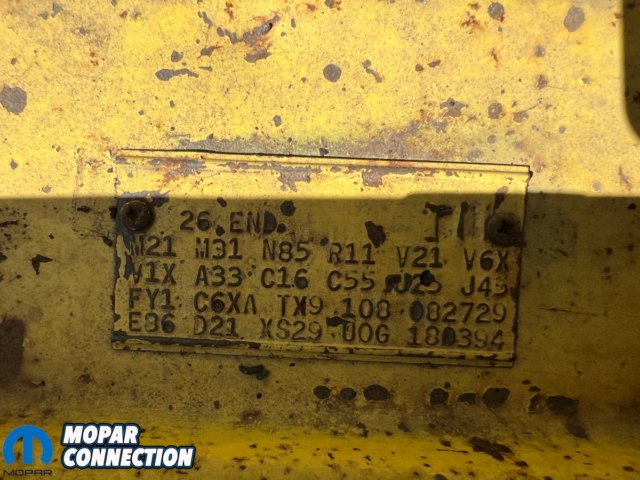 Up front, the V21 code called for the two hood coves to be painted black with that color also running back over the cowl and to the windshield. This particular car was not equipped with the V24 reflective decals which would have added two large 440 stickers within the black painted areas. However, the V21 does add a significant bit of rarity; just 169 cars were optioned with it according to the 1970 Dodge Charger Registry, dipping it below the aforementioned Slant Six level.
Up front, the V21 code called for the two hood coves to be painted black with that color also running back over the cowl and to the windshield. This particular car was not equipped with the V24 reflective decals which would have added two large 440 stickers within the black painted areas. However, the V21 does add a significant bit of rarity; just 169 cars were optioned with it according to the 1970 Dodge Charger Registry, dipping it below the aforementioned Slant Six level.
Provenance aside, the rest of this old yella B-body is in pretty respectable shape. Brian found it in a literal barn in the sticks of southern Illinois. “I heard about the car through a friend. I did not get a description of the car. It was one of those ‘you never know unless you go look’ trips. I knew it had been stored inside and was hoping for the best,” Brian explains.
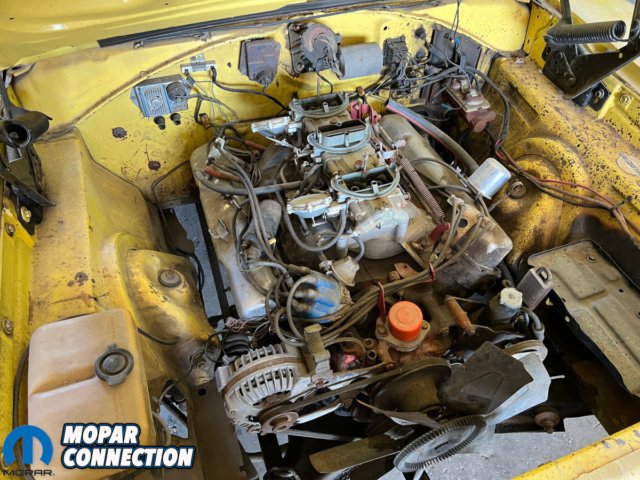
The best basically came to fruition when the trip was finally made. Notice the “belly bump” on the driver’s side quarter panel above the rear wheel. “A tractor was parked really close to it so any time someone would walk by, they’d have to squeeze between the two,” Brian says. Over time, that bowed the panel in some, but it’s really the worst of the surface damage for what looks to be an otherwise clean automobile.
Brian was able to strike a deal for a respectable sum after getting the back story which sounds like the same ol’ broken record for a lot of these cars. “The previous owner had plans on restoring it. He has several other nice cars and always planned to do the Charger. Life kept going on and he finally decided he wasn’t going to live forever and if he wanted to enjoy a Charger he had better get after it. So, he went and bought one that was done.” That left the barn door wide open for Brian to swoop in.
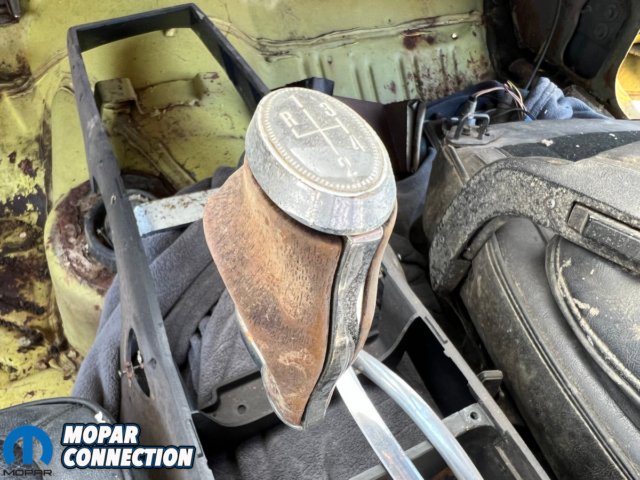
Back home, closer inspection turned up mainly more good news. An incorrect 1969 bucket seat was in place and the radio was missing, but important pieces such as the tachometer and pistol grip were intact. A non-original 440 came to fill the engine bay, even though the transmission is supposed to be numbers matching. Per the oil pan rail, an unlucky 1969 Plymouth GTX of VIN RS23L9A153185 or RS23L9A158185 lost its lung for this car.
Fortunately, that replacement 440 did come fitted with a 1970-correct Six-Pack air cleaner and set of carburetors, although the intake is an aluminum version from 1969. Right or wrong, the setup certainly adds some flair when flipping open the hood.
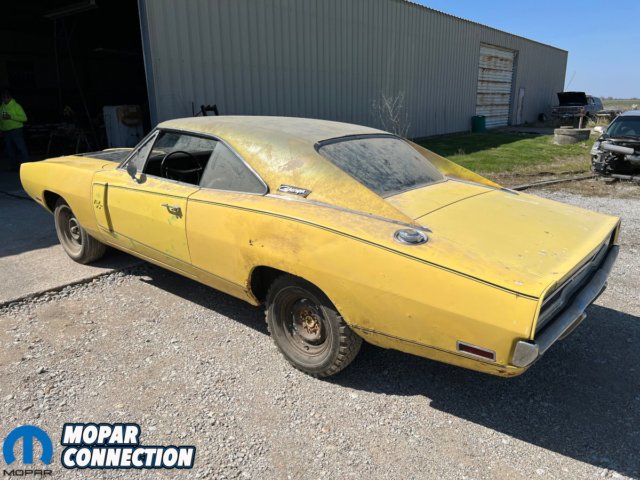 Furthermore, a cool piece of Mopar racing history is on the firewall in the form of a chrome electronic ignition box. But this isn’t the run-of-the-mill chrome box. Rather, it’s P4007298 with a blue heat sink and special cooling fins. Direct Connection defined it as “1978-1979 Super Stock and NASCAR E.C.U.” and it was top of the line back in the day.
Furthermore, a cool piece of Mopar racing history is on the firewall in the form of a chrome electronic ignition box. But this isn’t the run-of-the-mill chrome box. Rather, it’s P4007298 with a blue heat sink and special cooling fins. Direct Connection defined it as “1978-1979 Super Stock and NASCAR E.C.U.” and it was top of the line back in the day.
It all adds up to a sweet summary of flamboyant yet brute muscle and where the story goes from here is to be determined. “Projects seem to be piling up, but I would like to see if the motor runs. If it does, it will probably get washed and driven some in its current condition,” Brian says. We hope that the case because cruising in a ratty Six-Pack, four-speed, yellow Charger will definitely make him top banana.



